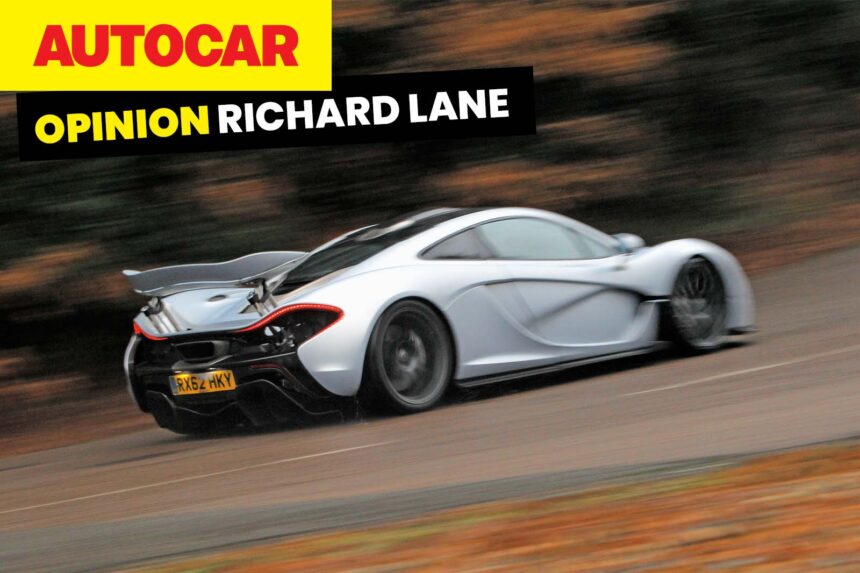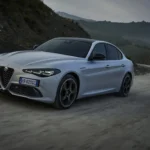The McLaren W1: A New Era of Hypercars
The McLaren W1 takes inspiration from the current Indycars, showcasing its motorsport influences in its design and performance. As McLaren is actively involved in Formula E, Indy, and Formula 1, they have unparalleled racing resources to develop a supercar as intricate as the W1. With less than 3000 road cars produced annually, McLaren’s expertise in high-performance vehicles is unmatched, even surpassing the likes of Ferrari.
Despite the anticipation surrounding the release of the W1, it has yet to make a significant impact in the hypercar realm. Blue-blood hypercar launches are rare and extravagant events, occurring roughly once a decade. I still recall the awe-inspiring debut of the P1 concept at the Geneva Motor Show in 2012, captivating enthusiasts with its innovative design and performance.
However, in today’s market, the W1 faces stiff competition from more accessible supercars like Porsche Turbos and McLaren 765 LTs, which offer comparable speed at a fraction of the price. Additionally, hypercars such as the Aston Martin Valkyrie and the Red Bull RB17 Newey Special provide a more exhilarating and unique driving experience.
While the McLaren W1 may not be the pinnacle of automotive artistry like the GMA T50 or Singer DLS, it still holds its ground as a traditional symbol of supercar excellence. With all 399 units already sold out, the W1 is set to generate significant revenue for McLaren. However, the true value of the W1 lies in its legacy as a revered hypercar among enthusiasts and collectors.







